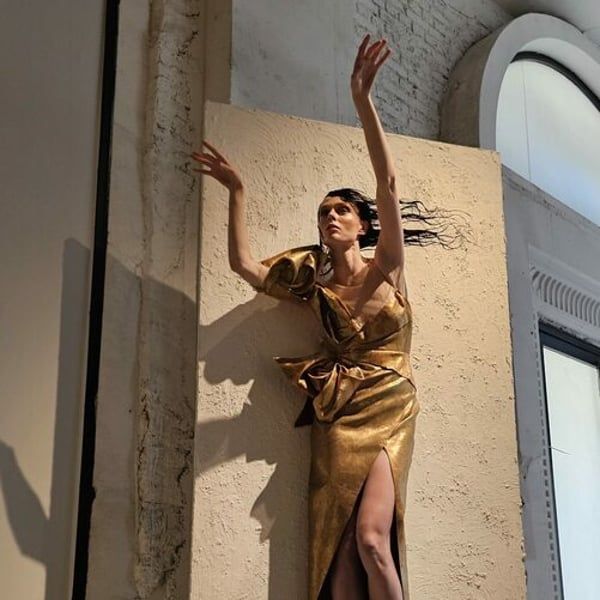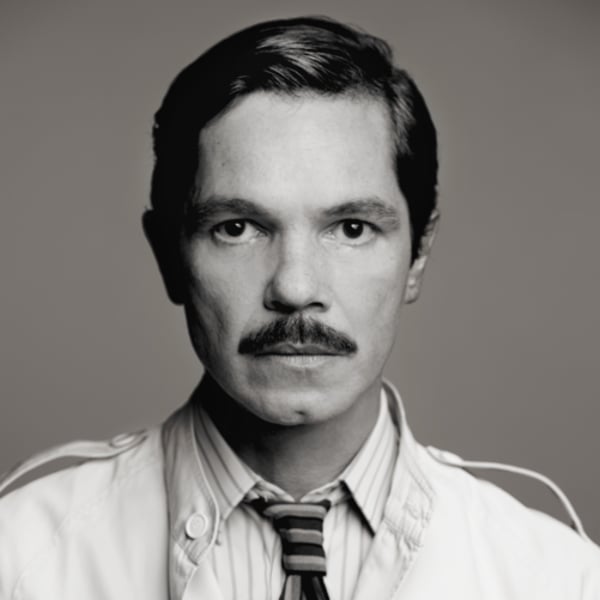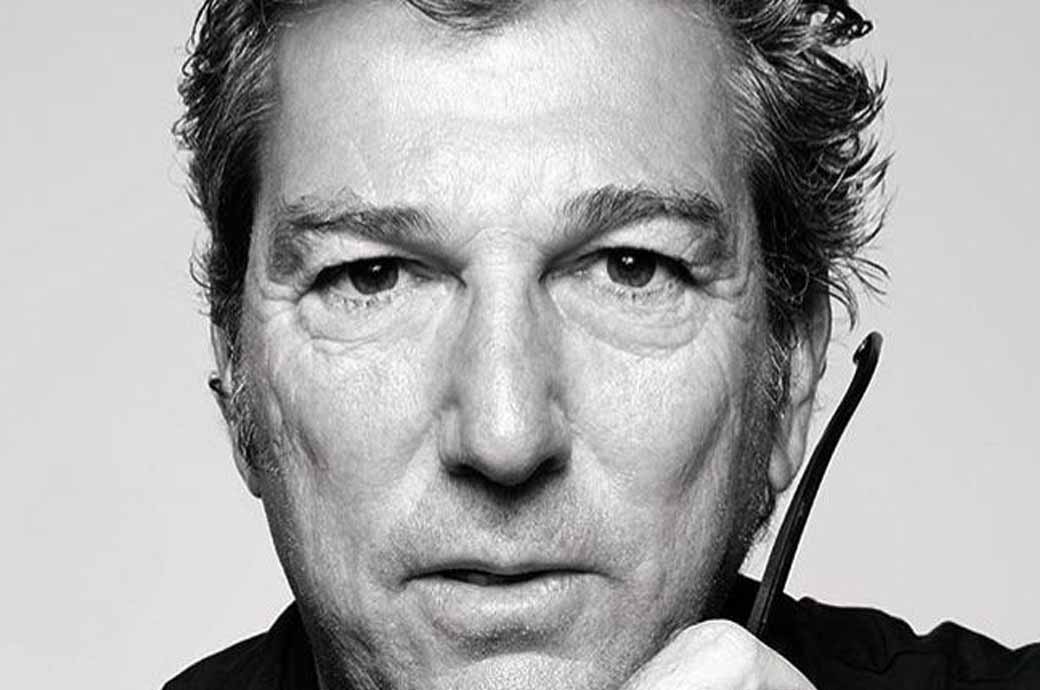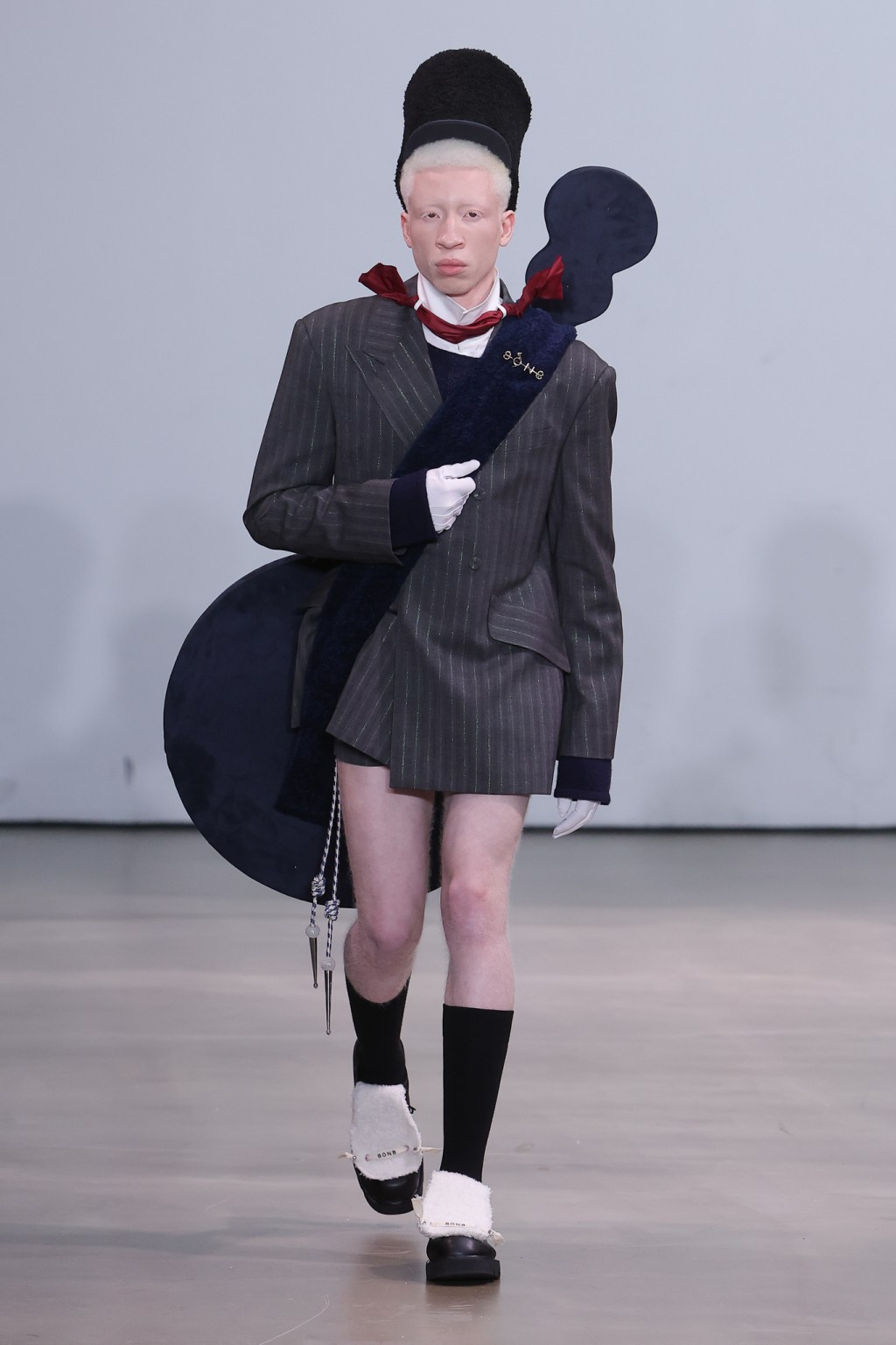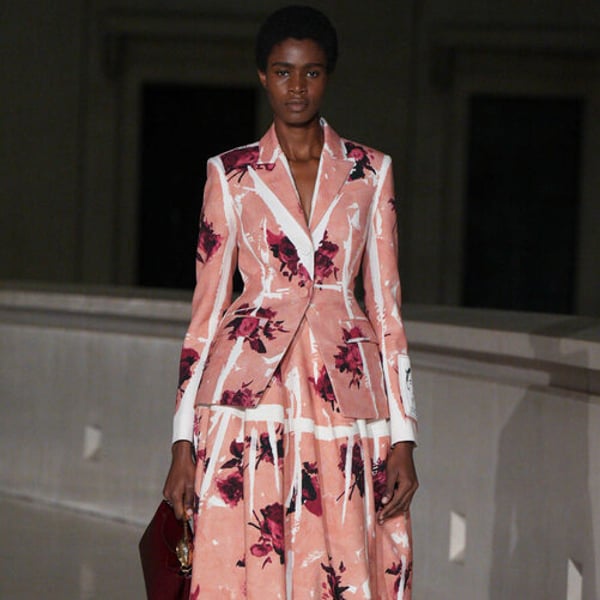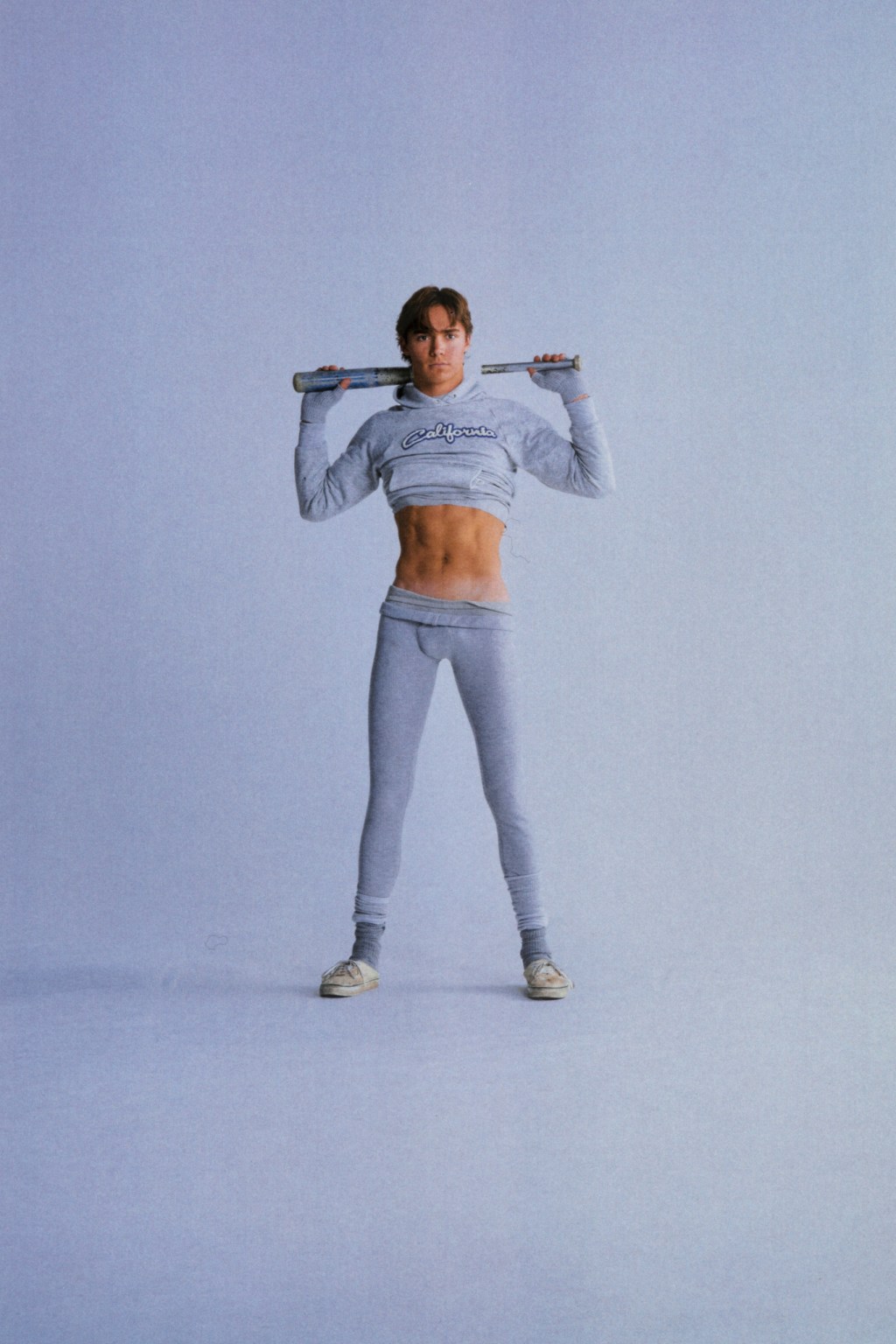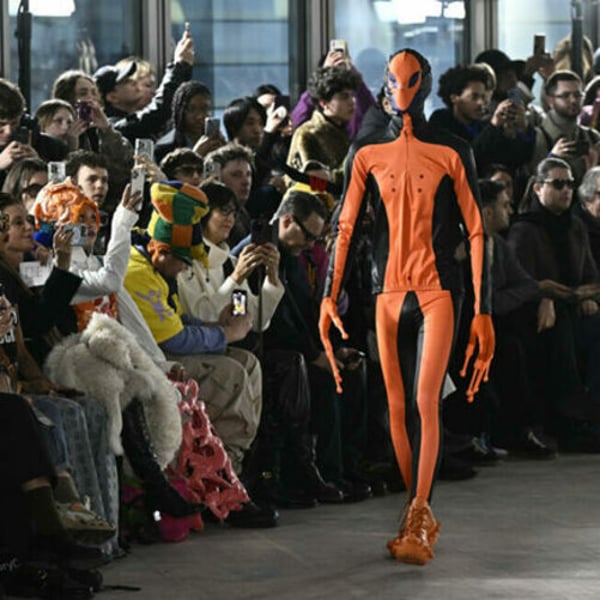Translated by
Roberta Herrera
Published
June 26, 2024
Paris Haute Couture Week dedicated to the Fall/Winter 2024-25 collections began on Monday with an explosion of unbridled creativity, with unconventional presentations. Some designers went beyond the realm of fashion to explore new territories, such as Iris Van Herpen and Thom Browne.
Following the incredible success of her exhibition 'Sculpting the Senses', which attracted more than 370,000 visitors in five months at the Musée des Arts Décoratifs (MAD) in Paris, Iris Van Herpen took a significant step this season, moving from fashion to art. She chose to present her new creations through an exhibition featuring artwork and tableaux rather than a traditional parade.
A favourite among celebrities, the Dutch designer is known for her futuristic creations, which use 3D printing and innovative materials and techniques. This season, she created four pieces she describes as “aerial sculptures”, employing a series of innovative techniques on vast surfaces of tulle.
“This is a first for me. I think this step into art is connected to a transition I experienced two years ago. I moved from the city to a beautiful natural area in the countryside. It gave me new energy and inspiration to work on these aerial sculptures,” he explained.
Five couture creations were sandwiched between these floating relief works of art, composed of organic materials and layers of ethereal fabrics resembling fossils and corals. The models, which looked like lit butterflies, were literally suspended above white canvases. Far from being immobilized, they animated with grace, moving their arms and heads while their stiletto heels anchored them to the canvases.
Among them, the top model Coco Rocha stood out with her expressive face, wrapped in a golden Japanese silk dress embroidered like an Obi, the traditional kimono sash. To portray her “plaid,” Van Herpen cast iconic models, including Coco Rocha, Gia Bab, Lily Cole, Isshe Hungry and Iekeline Stange.

In some creations, the sculptural tulle basques and scrolls of her dresses were also pinned to the canvas. Two pieces featured a new decorative technique, using metal beads of different sizes sewn to the fabric to create patterns. Furthermore, a 3D silicone corset was molded directly onto the model's body.
“I started thinking about couture pieces and how I wanted to present them, and I really wanted to elevate the mannequins in the same way that sculptures are elevated. This brings the art world even closer to the fashion world,” Van Herpen said. , which sells its “aerial sculptures” for the occasion. These delicate works, surprisingly, appear less impressive compared to the incredible sculptural dresses in his MAD exhibition.
Thom Browne's 'Olympic Haute Couture'
At the Musée des Arts Décoratifs, Thom Browne invited his audience not to an exhibition, but to a demonstration of “Olympic haute couture.”
The New York designer, always passionate about traditional sewing techniques, presented a collection entirely made with the typical raw muslin. This foundational canvas allowed her to showcase his experience as if he were competing in the most prestigious fashion event.
“Haute couture is the Olympics of fashion,” he states in his notes. Their show began with a tug-of-war, in which two teams of athletes wearing glasses, pleated skirts, jackets and white sneakers pulled on a long white rope, mimicking the event beneath five huge white balloons suspended from the ceiling. She was followed by the mistress of ceremonies, crowned with a large golden laurel wreath.

The procession began. Seemingly weightless, the models strutted in streamlined lace-up boots, with only their toes touching the gold-studded soles. The catwalk looked more like Versailles and the court of the Sun King than a running track. Men and women advanced ceremoniously, hiding behind tambourine-like rackets that fluttered like fans, wearing long trains, corseted dresses, and intricate jackets.
Armed only with scissors, needle and thread, Browne created stunning garments that revealed the inner workings of haute couture. Dresses and coat-dresses were divided vertically to expose internal structures with layers of fabric, petticoats and corsets. The jackets, stripped of fabric, displayed the sophisticated architecture of interlinings, shoulder constructions and seam markings.
Elsewhere, fabric samples served as patches or made up cubist jackets. Embroidery swirls traced with basting thread. Most of the looks were in white tones, but exceptions added vibrancy, such as lingerie embroidered in red or blue directly on textured sheaths. A bright red embroidery on the left side of a long white dress represented the inside of the body, complete with muscles and blood vessels.
The show concluded with three looks centered on three jackets profusely decorated with sequins and embroidery in bronze, silver and gold.
Copyright © 2024 FashionNetwork.com All rights reserved.

